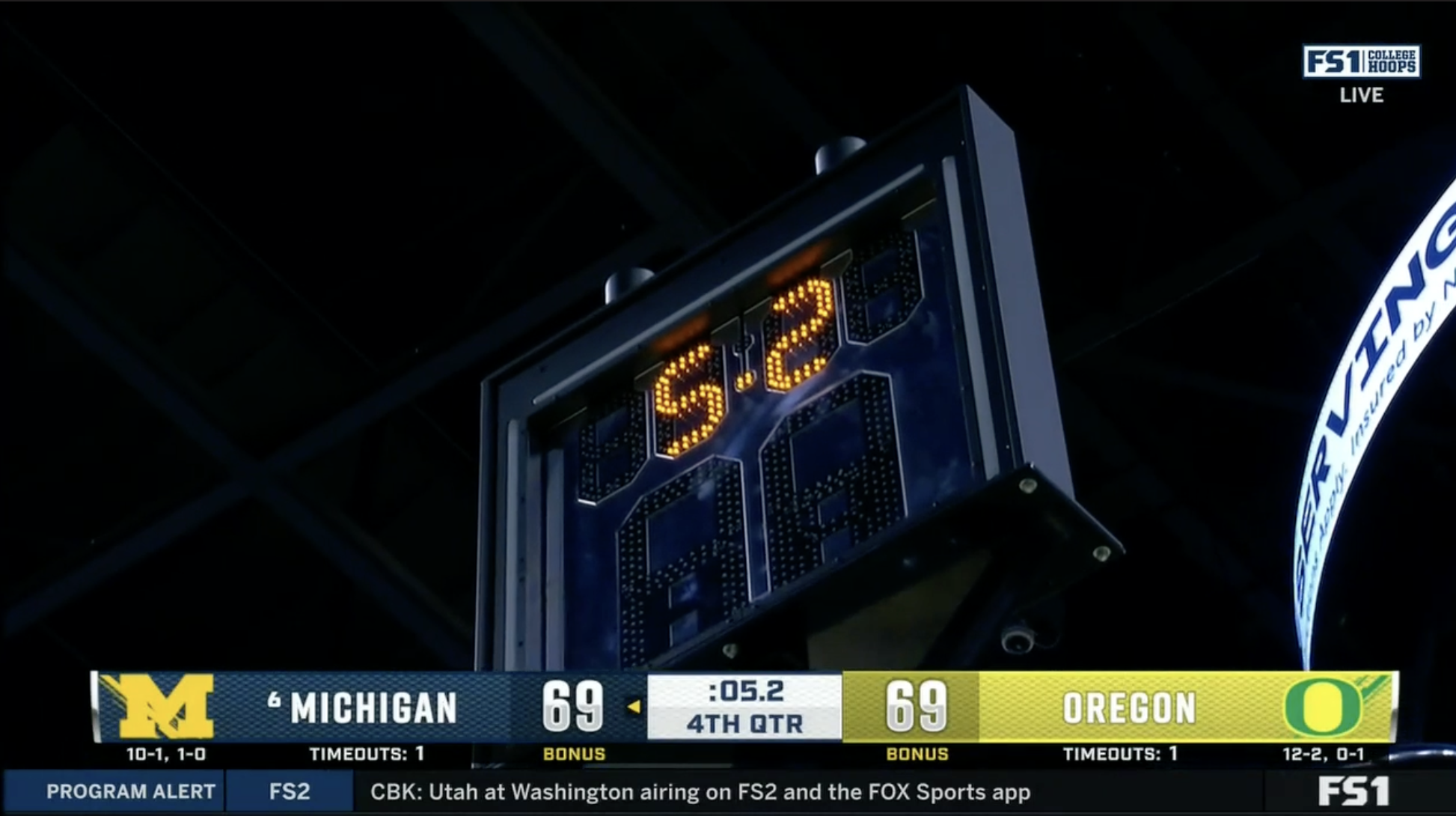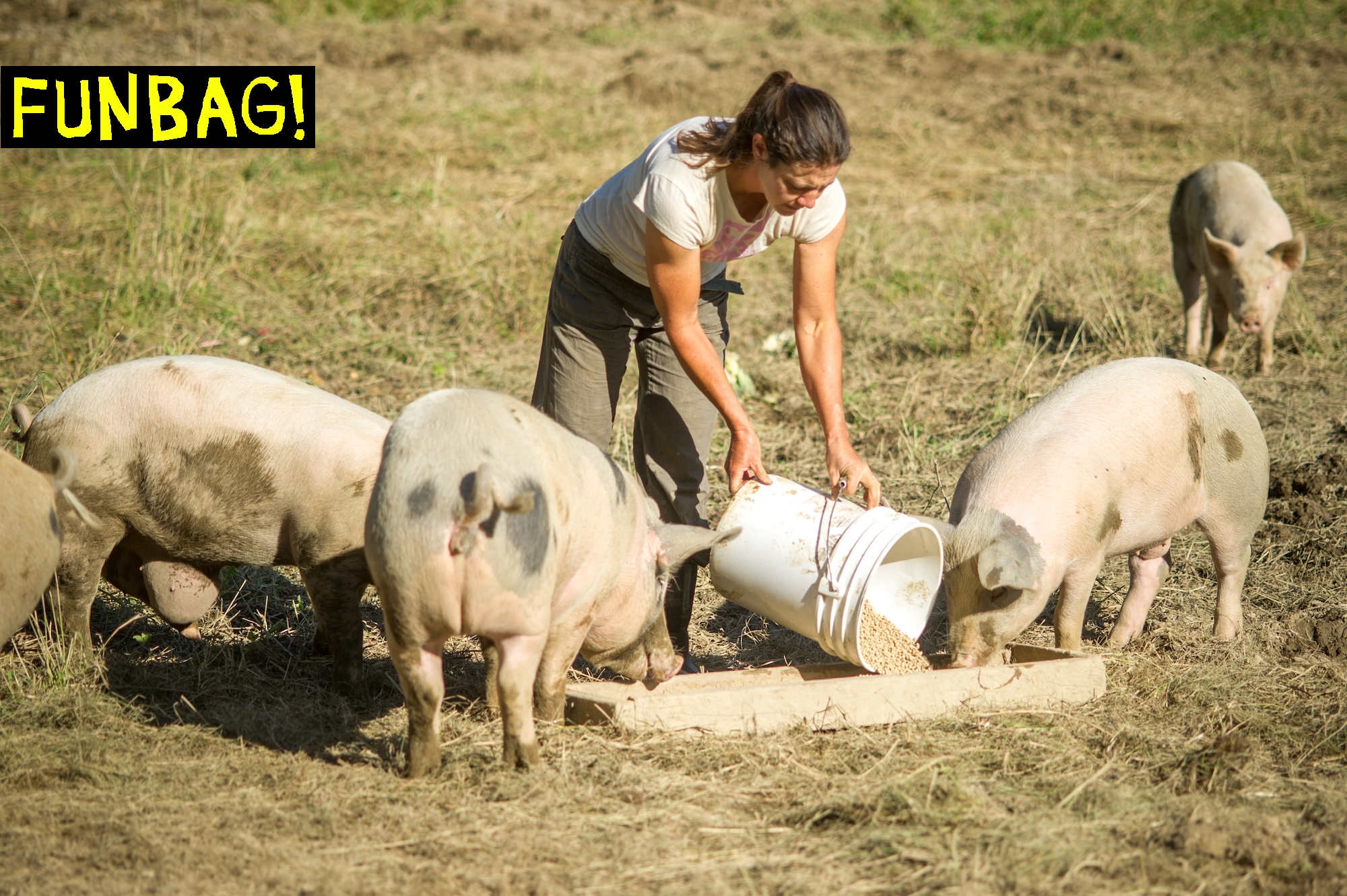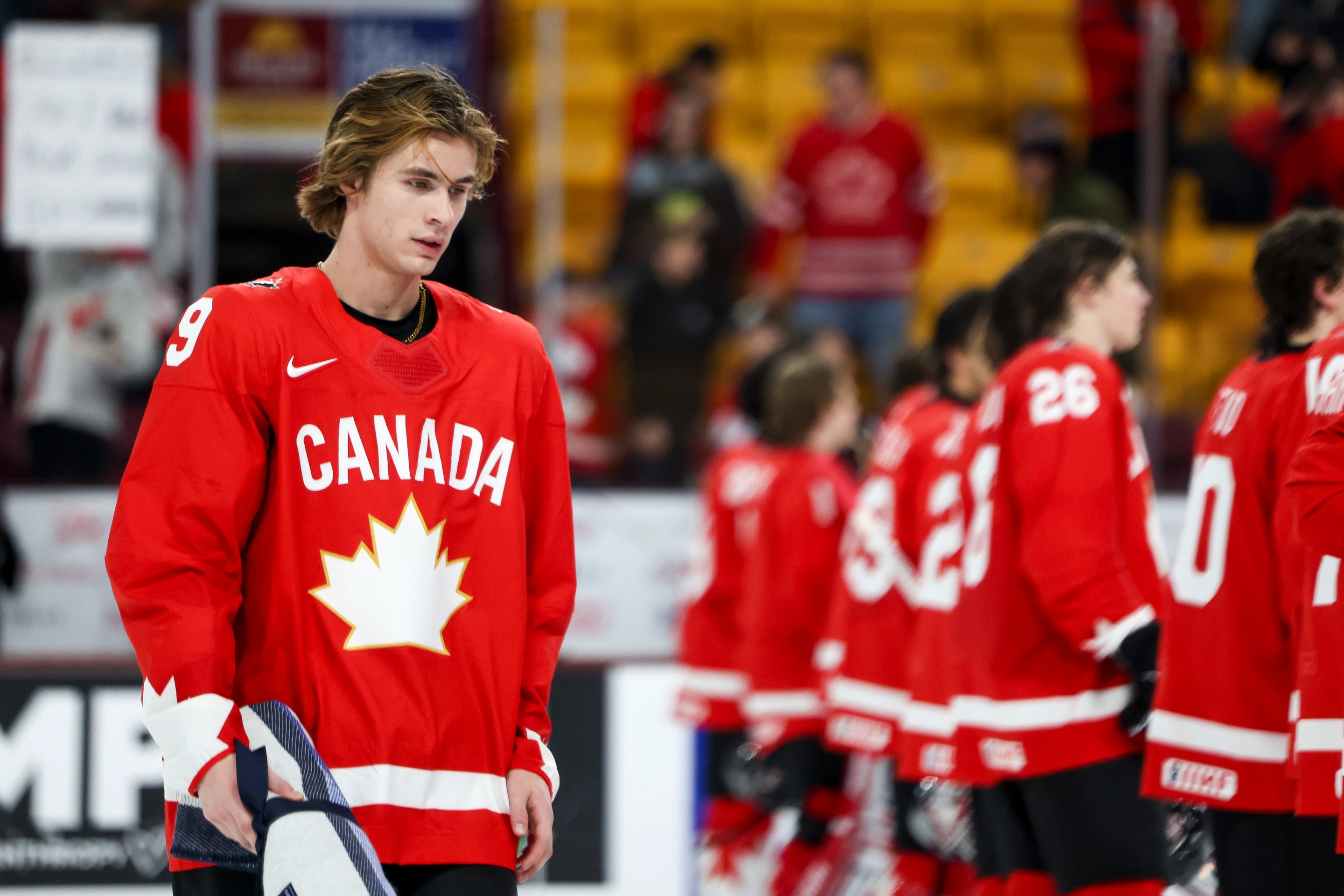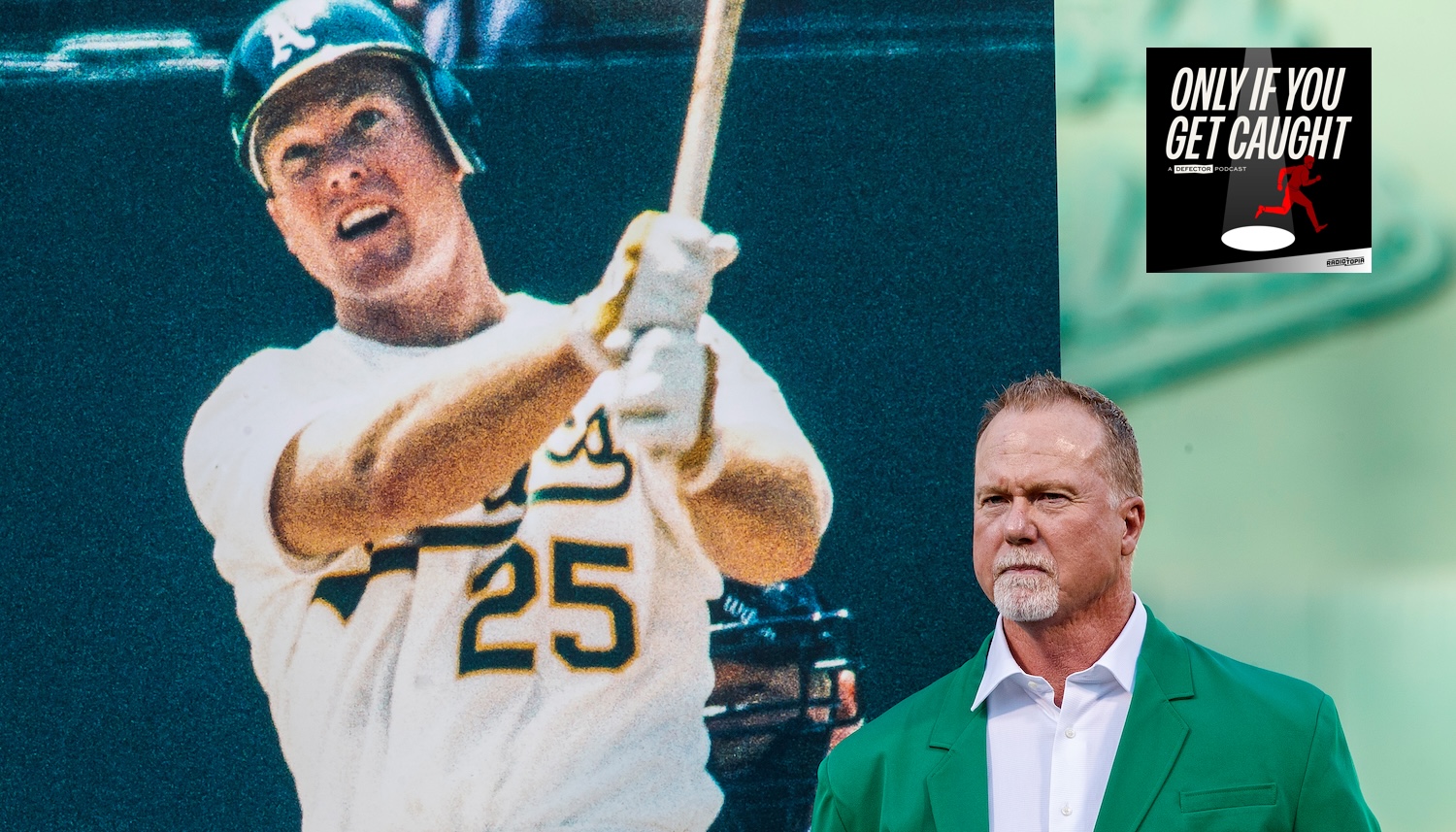In an interview before the season began, Cardinals president John Mozeliak was asked about his plans to shore up the team's starting rotation. The Cardinals won their division last year, but the question was a fair one. Starters in St. Louis fit a certain mold—weak contact artists trusting in their defense—and the mold is falling out of style. MLB has moved away from pitching to contact, and restrictions on the shift make swing-and-miss stuff even more valuable. "The key really is, where are the innings going to go?" Mozeliak said. "Right now we feel like we have six starters for five spots. If you add another starter to that, then you have seven." There was simply too much talent and too few innings to go around.
That's always a nice problem to have, except the Cardinals don't have that problem, and instead have the opposite problem: "Whatever the hell we're doing as a staff is pretty bad," said former future ace Jack Flaherty, after giving up 10 runs through two-and-a-third innings in his start against the Angels last Thursday. The six-starter Cardinals are 11-24 and their rotation boasts a cool 5.33 ERA. These days, the best fans in baseball are booing the worst team in the National League. Their eight-game losing streak ended on Sunday against the Tigers, but most of the problems in St. Louis remain unsolved. Worst of all, the front office doesn't seem keen to own up to them.
The Cardinals did make one big offseason acquisition, signing free agent catcher Willson Contreras to a five-year deal to replace the retiring Yadier Molina. How are things going, you ask, roughly one month into the five years? And also: What does this have to do with Cardinals' pitchers not being able to get anyone out? As Mozeliak and manager Oli Marmol seem to see it, Contreras is to blame for the rotation's sixth-worst strikeout rate and eighth-worst ERA.
"You’ve got to remind yourself it’s a long season, but it’s certainly gotten off on the wrong foot," Mozeliak told Ken Rosenthal of The Athletic in a story this morning about Contreras no longer being the team's starting catcher. "Some of the things we expect, some of the things about the game we’ve become accustomed to, I think he realizes it’s going to require more preparation. Now the question is, can that happen? I guess we’ll have to find out."
I guess so! This weekend, Marmol announced that Contreras would see time as a DH or corner outfielder for at least a few weeks while Andrew Knizner assumed starting catching duties. "We’ve had a lot of conversations about it, and it allows for some familiarity behind the plate with our [pitching] guys, which I think will help, especially with the state that we’re in, because at the end of the day, we need to start winning ballgames," Marmol said.
In his interview with Rosenthal, Mozeliak brought up the challenges the new MLB rules are posing. It follows that a rotation of this vintage would be hurt by some of the new rules. But the big issue he identified was not that the shift ban might hurt low-strikeout pitchers or that the pitch clock might increase pitcher fatigue. It was that (good, sweet, innocent) pitchers now have less time to shake off (useless, unprepared, good-for-nothing) catchers. "In the past, if hypothetically you were my catcher and you keep asking me to throw a slider, I could just step off. Eventually, if you wanted to burn one of your mound visits, we could talk it over. But the clock has changed the dynamic of the interaction. It does speed things up," Mozeliak said.
Poor Willson! Though Mozeliak and Marmol have brought up the club's expectations for Contreras multiple times, no one has said what those expectations are or how he isn't meeting them. Contreras actually skipped the World Baseball Classic last month to spend time with his new pitching staff, and in the early March MLB.com story about that decision, his teammates and manager only rave about how insightful and dedicated he is. By most defensive metrics, Contreras isn't blocking or framing any worse than he did with the Cubs. Flaherty alluded to the whole staff "throwing pitches that don't make sense," maybe hinting at a game-calling issue. But game plans are very much a team effort in contemporary MLB, and calling pitches from the dugout or having the pitchers call their own games both seem like vastly better options than making an example of the guy you just signed to a five-year, $87 million deal. This should be a particularly easy problem to solve in the PitchCom era, which has allowed guys like Shohei Ohtani to call their own games with little fuss, and to great success. Molina also haunts this whole story; if the club's expectations for Contreras were that he, a known bat-first catcher, simply become one of the greatest defensive players in MLB history, that doesn't seem like his problem.
If Contreras can't block behind the dish, he certainly can block elsewhere. Mozeliak clarified to Rosenthal that Contreras won't actually play in the outfield, but an $87 million DH is the last thing the Cardinals needed right now. Already the team has struggled to find playing time for its army of outfielders, even sending down top prospect Jordan Walker when he slumped his way out of the lineup a couple weeks into the season. As Mozeliak might put it, the key really is, where are the at-bats going to go?
The Cardinals wouldn't be the Cardinals if they couldn't go on a 15-game heater to retake a playoff spot in August, and their offense has remained solid amid the pitching disaster. The teams at the top of the NL Central also whiffed on a prime chance to bury their division rival; the Pirates are closing in on an eight-game losing streak of their own, and the Brewers snapped a six-game losing streak on Sunday. It's true Cardinals devil magic: losing eight straight games in harmless fashion and being as publicly annoying about it as possible.







